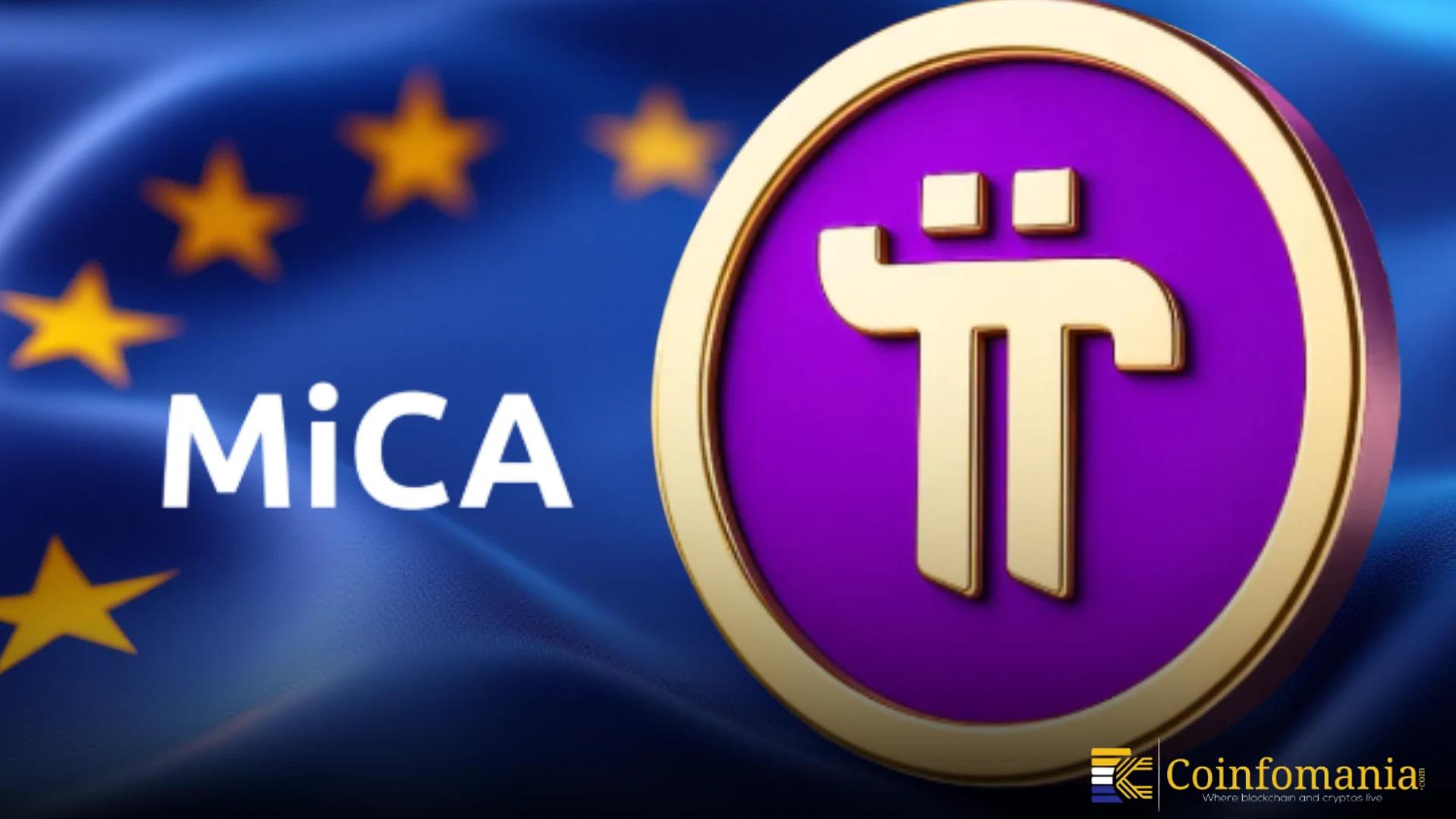Pi Network’s MiCA Whitepaper Hints at Positioning eIDAS 2.0 Economy
Pi Network’s MiCA whitepaper signals deeper alignment with EU digital identity and data-security standards.

Quick Take
Summary is AI generated, newsroom reviewed.
The MiCA whitepaper reveals Pi’s shift toward EU-grade digital identity and data-protection standards, not just token compliance.
Pi’s KYC architecture aligns with eIDAS 2.0 requirements, enabling cross-border identity portability for app builders.
Pi developers may soon build dApps eligible for future EU-regulated fintech and e-commerce integrations.
Identity-anchored wallets strengthen Pi’s trust layer and open doors to merchant adoption.
Analysts have emphasized a new facet of the Pi Network MiCA whitepaper, and a great deal of focus was put on the emerging fit of the project with the EU principles of digital identity. Although the regulatory milestone has been a common topic in trading circles, an identity-based transformation has been observed further in the technical structure of the whitepaper. This change has been understood as the shift of Pi Network towards the compatibility with the eIDAS 2.0, the European framework that regulates verified digital identities and cross-border authentication.
Identity Architecture of EU Standards.
The identity systems at Pi Network have been defined in the revised whitepaper in terms that are similar to requirements of eIDAS. This has been emphasized by portable verification, encrypted creditential storage, multi-layer validation, and data handling that is GDPR compliant. These aspects have been interpreted as building blocks of an EU-grade identity wallet although there have not been direct mentions of eIDAS.
The strategy has been seen as tactical, particularly as the Europe moves towards the European Digital Identity Wallet (EUDI Wallet) standard. Within the scope of this vision, blockchain-based projects that will have compliant identity layers will be likely to enter the regulated commercial and financial space. The architecture of Pi has been regarded as compatible to that direction.
EU Fintech and Commerce Space
In case the identity structure of Pi is aligned with the expectations of eIDAS, the community of its developers may be in a better position. Platforms that have validated identity layers in eIDAS 2.0 are only allowed to communicate with specific services that are regulated. The fact that the users of Pi go through compulsory KYC and that identity credentials are processed in controlled systems means that its dApps can be geared towards engagement with the fintech community of Europe.
This has been considered as a change in the utility story of Pi. Rather than presenting itself as a mobile-first cryptocurrency, Pi can be positioned as a possible compliance-friendly application layer to developers who focus on the EU market.
Merchant Adoption
Identity and compliance gaps have long been found to be the cause of merchant hesitation towards blockchain payments. In the case of Pi, an identity layer that has been verified has been integrated into the core of user experience. Merchants will have more legal flexibility within their legal needs to consider transactions involving Pi as more compatible with their operational needs under the expanded identity descriptions as provided in the MiCA whitepaper.
Such a dynamic has been viewed as the basis of the future adoption in e-commerce, freelance market place, cross-border service, and loyalty systems. In a wallet-level identity verification, merchants can have the capability to perform compliant transactions without extra infrastructure.
EU Digital Single Market Positioning
Digital wallets, interoperable trust systems, and verified payments have been the steps that the European Union Digital Single Market has been taking. Some analysts have viewed the MiCA whitepaper of Pi Network as an indication that the project is setting itself up to deal with this future.
As identity compliance emerges as a core need of digital platforms in the EU, Pi Network can be branded as a mobile-native blockchain that can be involved in regulated digital commerce. The reading has brought me a new angle of looking at the long term direction of Pi, beyond the trading and listing stories.
References
Follow us on Google News
Get the latest crypto insights and updates.


